Yoga is a Hindu Ritual (Not Just Some Exercise)
Yoga is a Hindu Ritual, Not an Exercise
In the modern world, yoga is often seen as a physical fitness regimen, a series of postures and breathing exercises aimed at enhancing flexibility and reducing stress but it’s not.
At its core, yoga is a profound and multifaceted spiritual practice deeply rooted in ancient religious traditions. If you’re doing yoga then you are performing Hindu religious rituals.
Origins and Spiritual Foundation
The origins of yoga can be traced back thousands of years to ancient India, where it emerged within the context of various philosophical and religious systems, prominently within Hinduism, Buddhism, and Jainism.
The word “yoga” itself comes from the Sanskrit root “yuj,” meaning to unite or yoke, signifying the union of body, mind, and spirit.
Eight Limbs of Yoga
The classical system of yoga, as outlined in the Yoga Sutras of Patanjali, consists of eight limbs or components. While the physical postures (asanas) and breath control (pranayama) form only two of these limbs.
The remaining six limbs delve into ethical guidelines, self-discipline, meditation, and spiritual attunement.
Yoga as a Spiritual Path
Beyond the claims of just being physical exercises, yoga serves as a pathway to spiritual growth and self-realization. It involves the development of mental clarity, emotional balance, and a deeper understanding of oneself and the interconnectedness of all life.
Yoga is the practice of the Hindu religion no matter how you slice it.
Connection to Hinduism and Spirituality
In Hinduism, yoga is intricately woven into religious practices and philosophies. It encompasses diverse paths to spiritual liberation, including Karma Yoga (the path of selfless action), Bhakti Yoga (the path of devotion), Jnana Yoga (the path of knowledge), and Raja Yoga (the path of meditation and self-control).
The Divine Connection
Many traditional forms of yoga acknowledge and honor the divine. Practitioners often offer their practice as a form of devotion or service, recognizing yoga as a means to connect with the divine within themselves and the universe.
Mantras, Mudras, and Rituals
Yoga incorporates elements such as mantras (sacred chants), mudras (hand gestures), and rituals that have deep spiritual significance within the religious contexts from which yoga originated.
These components are employed to deepen the practitioner’s spiritual experience and connection.
Doing Yoga Means You’re Practicing Hinduism
While yoga has undoubtedly evolved into various forms and practices globally, its roots remain deeply entwined with spiritual and religious traditions.
Beyond its physical benefits (which can be attained endless ways without doing Hindu rituals) yoga claims to offer a transformative journey toward inner peace, spiritual awakening, and a deeper understanding of the self in relation to the divine and the cosmos.
Believing in yoga’s spiritual dimensions can deepen one’s practice, offering a more holistic experience that transcends the boundaries of mere exercise, inviting individuals to explore the profound depths of their spiritual being through this ancient and revered Hindu religious practice.
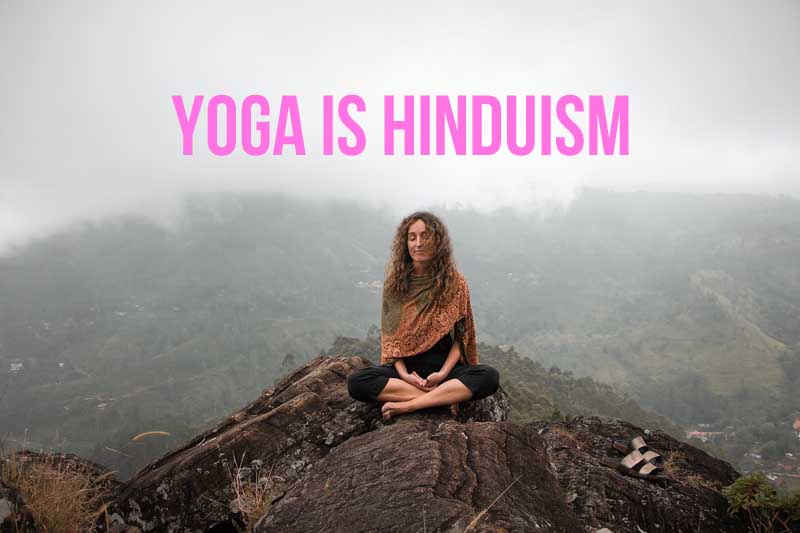








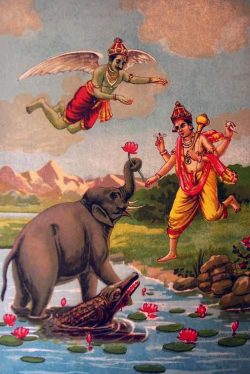
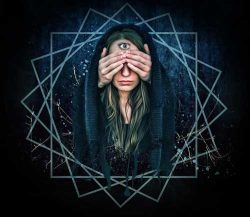
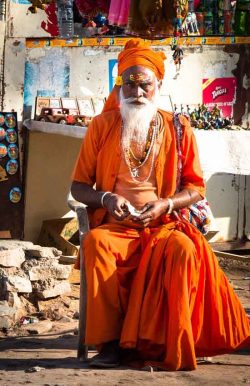




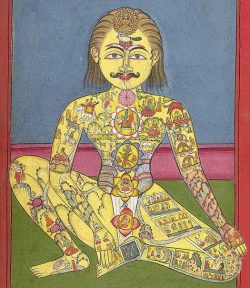






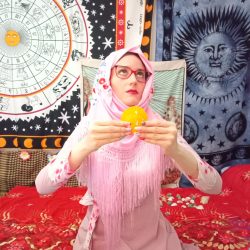



![11 Quick Cleansing Spells [For Your Spirit, House & Loved Ones]](https://www.magickally.com/wp-content/uploads/2019/07/quick-cleansing-spells-1563992055p4l8c-250x250.png)
![Here’s How To Cleanse Yourself From a Curse [Quickly Remove It]](https://www.magickally.com/wp-content/uploads/2019/07/how-to-cleanse-yourself-from-a-curse-featured-15621716708l4cp-250x250.jpg)

![Discover 4 Powerful Full Moon Rituals And Spells [Love & Blessings]](https://www.magickally.com/wp-content/uploads/2019/07/powerfulfullmoonritualsandspells-15620855488c4lp-250x250.jpg)
![11 Most Powerful Good Luck Charms [Wave Bad Luck Goodbye]](https://www.magickally.com/wp-content/uploads/2019/05/most-powerful-good-luck-charms-15588970014p8lc-250x250.jpg)